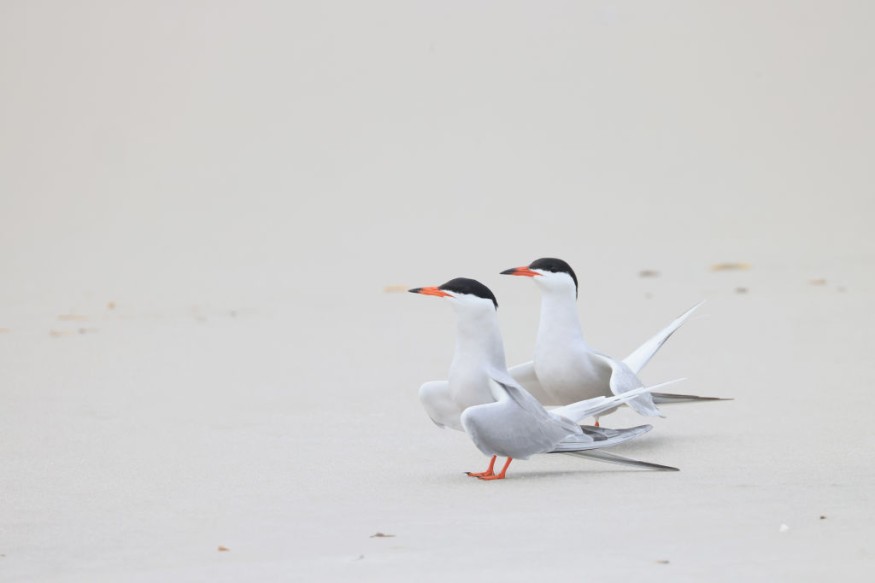
A new study suggests that seabird populations may drastically fall as a result of the increased frequency and intensity of tropical cyclones brought on by climate change.
Decline Of Population
Scientists discovered that some seabird populations at the critically important nesting habitat in Western Australia saw an 80-90% decline following Cyclone Ilsa, a category-5 tropical cyclone, which made landfall on Bedout Island in April 2023.
The percentage mortality of three species-the brown booby (Sula leucogaster), the smaller frigatebird (Fregata ariel), and an endemic subspecies of the masked booby (Sula dactylatra bedouti)-was estimated by means of airborne and ground surveys carried out between April 17 and July 21, 2023. According to the authors, the storm killed at least 20,000 individual birds, with adult breeding birds making up the majority of the losses.
Because many seabirds are long-lived, have long generation times, and produce relatively few chicks each year, the authors caution that the current rate of population decline for island seabirds may not be sustainable when combined with the increase in storm frequency. Therefore, a large loss can prevent a community from recovering in time for the next major storm to arrive.
Even though Bedout is just one little island in a remote part of Australia, the study's principal author, Dr. Jennifer Lavers, a researcher at the Natural History Museum, said there is a lot we can learn from what happened here.
Lavers said that more than 20,000 animals were lost in the blink of an eye. She said surveys of the island over three months make it clear recovery will be slow and likely interrupted by another cyclone event.
Consequences On The Ecosystem
Seabirds are vital to the maintenance of tropical reefs, scientists worry that their extinction could put further burden on ecosystems.
They use their guano to carry nutrients from the sea to land, population declines of this kind may also directly affect the environment of an island. The authors stress that, in order to prevent long-term harm to island and reef ecosystems, seabird colonies in cyclone-prone areas must be closely monitored.
While tropical cyclones often have a significant negative influence on wildlife populations, including seabird populations, it is anticipated that these storms will become more frequent and violent as global warming occurs, which would hinder seabird species' ability to recover.
The head curator of birds at the Natural History Museum, Dr. Alex Bond, stated that the mortality that has been observed is unprecedented.
He said that the cyclone that hit in April is a reasonably peak time when lots of seabirds were nesting. Bond said they were able to do counts of the bodies and they estimated that basically all the brown boobies and practically all the masked boobies had been killed by Cyclone Ilsa.
The storm reached winds of at least 135 mph (217 km/h) before it hit Bedout Island and Western Australia.
Bond stated that it's crucial to keep in mind that these birds have evolved in regions that experience cyclones.
Related Article : Study Shows Significant Population Declines in Antarctic Seabird
© 2026 NatureWorldNews.com All rights reserved. Do not reproduce without permission.





